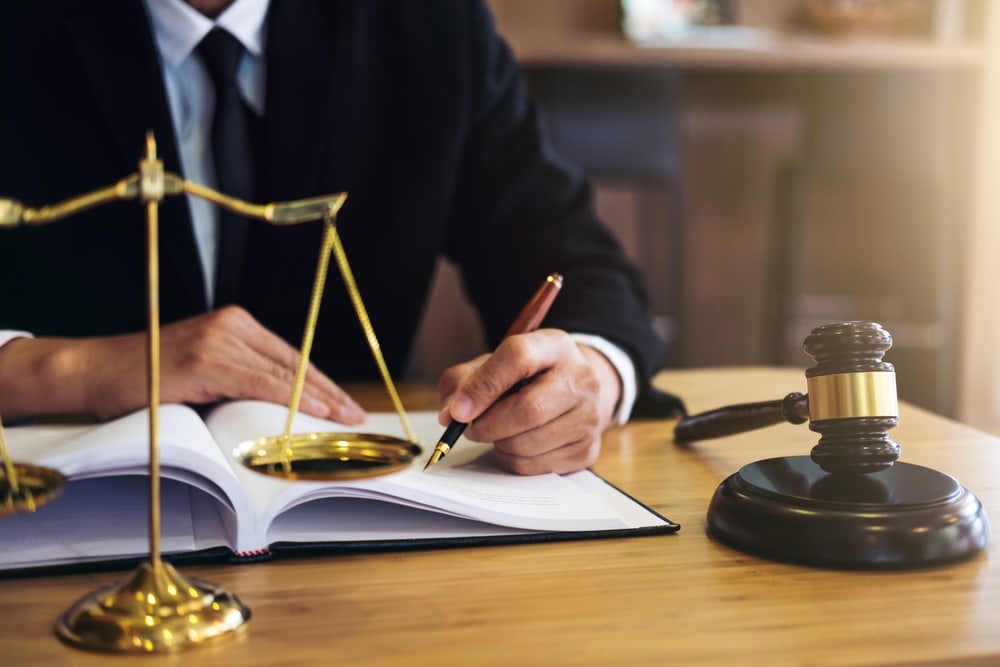What the new TV series “For the People” gets right – and wrong – about criminal justice in the U.S.
The latest Shondaland creation – “For the People” – premiered last Tuesday, with 3.2 million viewers getting a chance to experience high-stakes, high-profile federal litigation. The drama follows six new attorneys (three federal public defenders and three prosecutors) as they work in the “Mother Court” – the District Court for the Southern District of New York.
In the first episode (mild spoiler alert ahead), public defender Allison Adams and Assistant U.S. Attorney Seth Oliver argue at a pretrial hearing where the defendant is not being detained. The judge, Nicholas Byrne, huffs in exasperation at Oliver, given the amount of damages is only $9000.
“For the People” gets a few things right about the criminal justice system – the tension between public defenders and prosecutors, the immense power of the government, the difficult decisions made during plea bargaining. The initial hearing featured in the pilot, however, is far from the reality most clients experience in criminal courts across America. In many jurisdictions, even the most minor of cases – homeless individuals trespassing to get shelter, public urination and shoplifting candy bars – can end up with a person remaining in detention. Here, the amounts of theft or damages are far, far less than $9000.
Most courts across America still operate based on a cash bail system. This means that once arrested, individuals go in front of a judge or commissioner who is supposed to assess whether they are a public safety risk and whether they are likely to return to court for later proceedings. Too often, judges impose cash bail amounts that have nothing to do with whether a person is actually a public safety risk. Bails in the thousands and tens of thousands are not uncommon, even for nonviolent, low-level misdemeanors.
Cash bail might work for the well-off; it is supposed to serve as collateral, which is returned to defendants if they attend their next court date. The reality is, however, that most defendants are indigent and don’t have the money to put up for bail. Instead, they remain in detention for weeks and sometimes months at a time. Because they are incarcerated, they often lose their jobs, their homes and their children, while taxpayers spend thousands housing people who have not been convicted of any crime and pose no threat to public safety.
Instead of cash bails, a more objective analysis of a person’s case through a pretrial risk assessment would make more sense. If a person is actually a public safety risk, no amount of money should be sufficient for them to buy their freedom and put their neighbors at risk. For those who are not a public safety risk but need more oversight to guarantee they attend court, tools like GPS monitoring, cellphone court date reminders and pretrial supervision can provide assistance in lieu of inappropriate and costly pretrial confinement. Simply put, a person’s wealth should not determine their freedom; the time for pretrial reform is now.
“For the People” might be the usual juicy Shondaland fare, but it has the potential to change the way we think about the criminal justice system by bringing pretrial hearings into our living rooms. Maybe one day, more judges, legislators and stakeholders will be like the fictional Judge Byrne, focused on prioritizing the right cases and embracing smart, effective pretrial policies.
Image credit: sirtravelalot







